Posterior circulation infarction, also known as posterior circulation stroke, corresponds to any infarction occurring within the vertebrobasilar vascular territory, which includes the brainstem, cerebellum, midbrain, thalami, and areas of temporal and occipital lobes.
Please refer to each specific article for more detailed discussion of the various vascular territories:
On this page:
Epidemiology
Posterior circulation infarctions correspond to around 20% of all ischemic strokes 1,2.
Clinical presentation
Symptoms and the clinical syndromes are related to each common site of arterial blood flow occlusion. Common symptoms and signs include dizziness/vertigo, dysarthria, dysphagia, unilateral limb weakness, ataxia, gaze palsy/diplopia, and/or visual field deficits. Less than 1% of patients present with one symptom 4.
It is important to emphasize that the face arm speech test (FAST), a prehospital stroke screening tool, is less sensitive in posterior circulation infarctions and may be one cause of delay on the diagnosis 1.
Pathology
Both the anterior and posterior circulations have embolism from the heart, aorta, and proximal arteries as the main cause of infarction. These two systems share the same vascular coats and are under the same arterial pressures 3.
When comparing the amount of blood carried by each system, ~40% of brain blood flow goes into each ICA (totalising ~80% of brain blood flow provided by the anterior circulation) and only 20% into the vertebrobasilar system. One fifth of cardiac origin emboli is therefore expected to affect the posterior circulation 3.
Other causes are arterial stenosis, in situ thrombosis, and vertebral artery dissection (especially in young patients) 1.
Radiographic features
CT, which is the main brain imaging modality in hyperacute stroke, unfortunately, has a known limited sensitivity to assess strokes involving the posterior circulation, especially in the posterior fossa structures 1-3. MRI is the most sensitive.
Treatment and prognosis
Patients with anterior and posterior circulation disease should be treated in the same way 3.


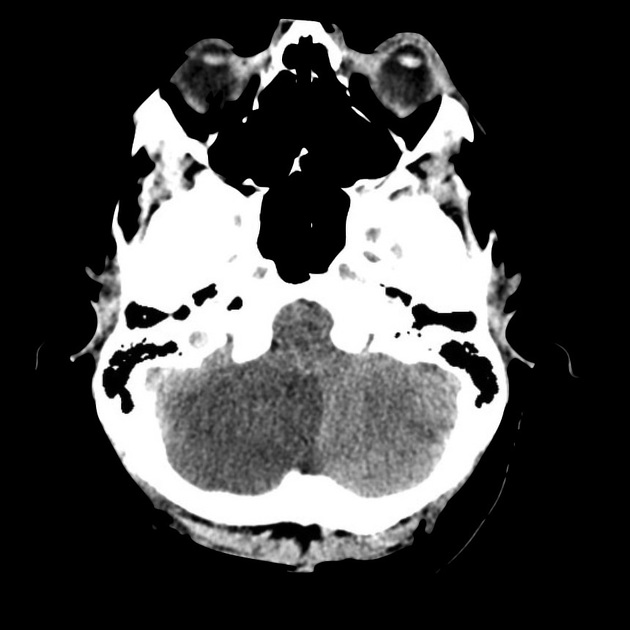
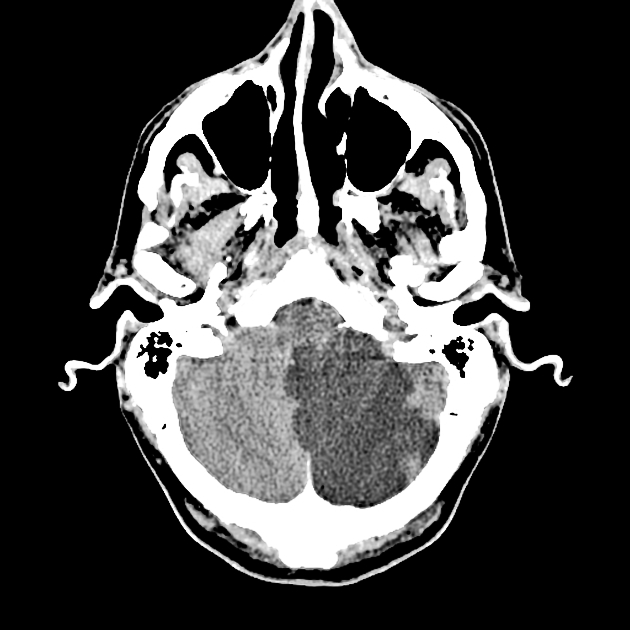
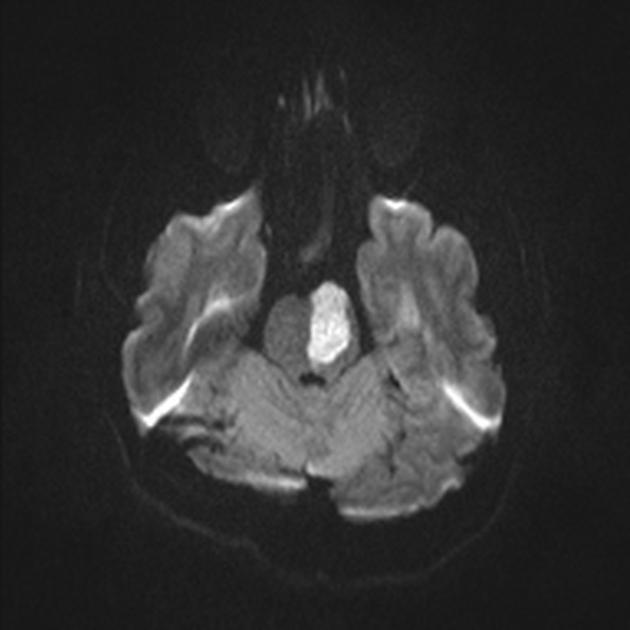

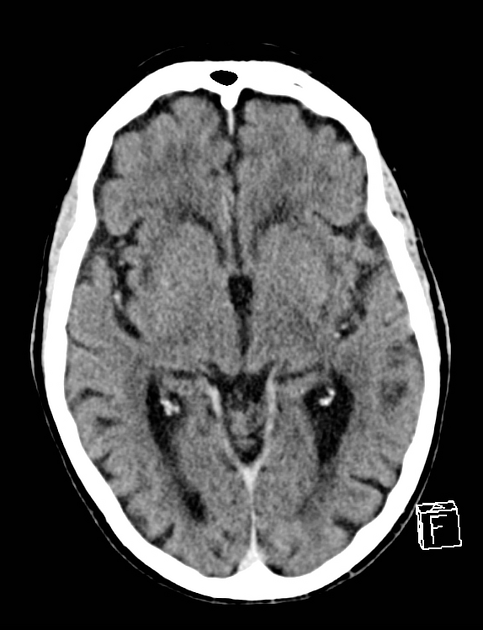
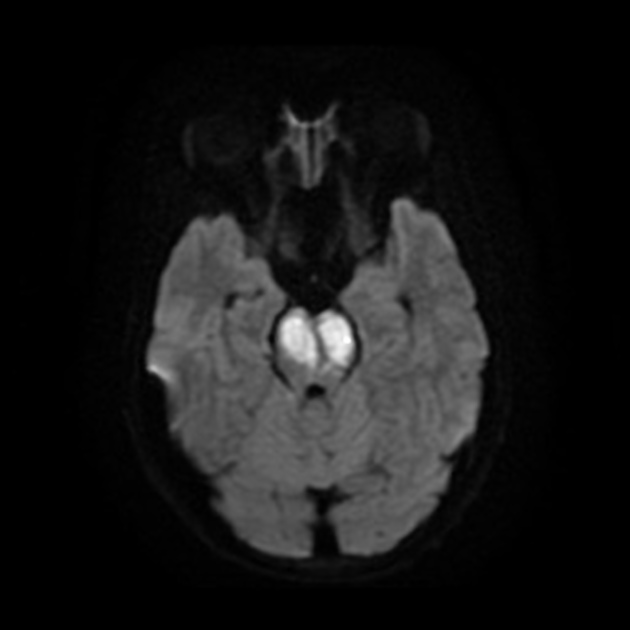
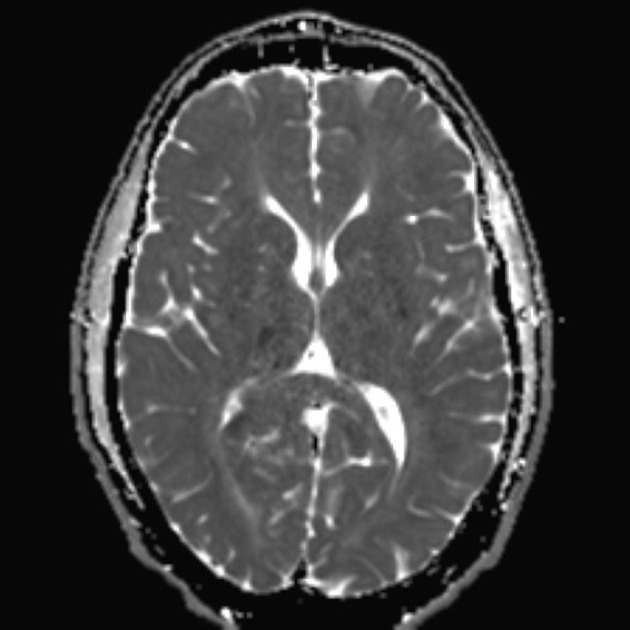
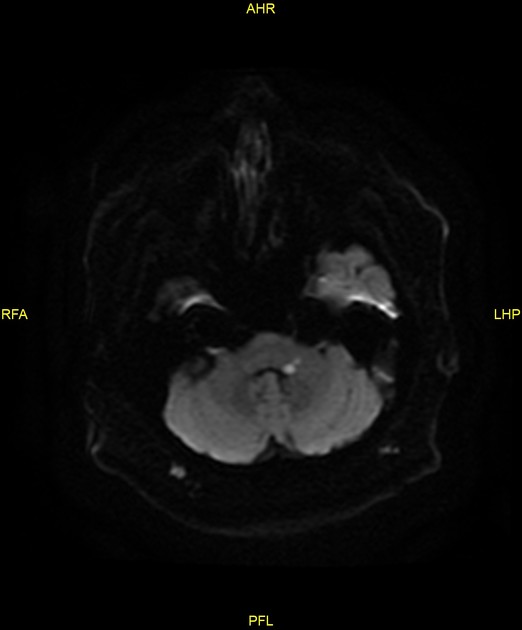
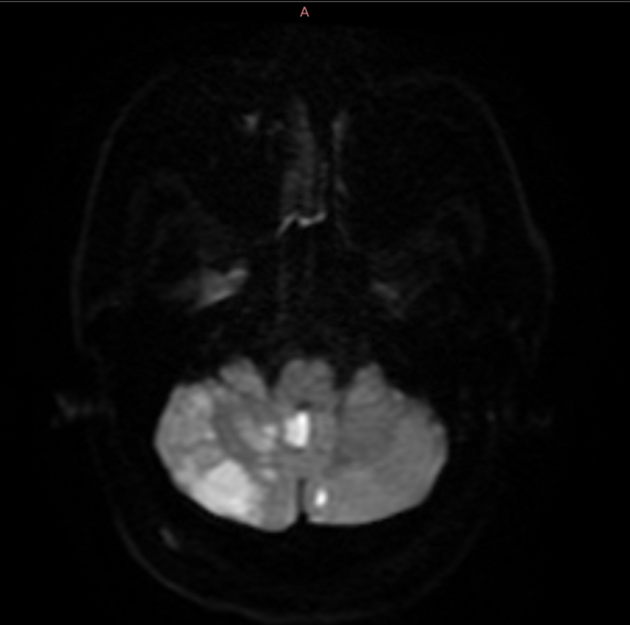
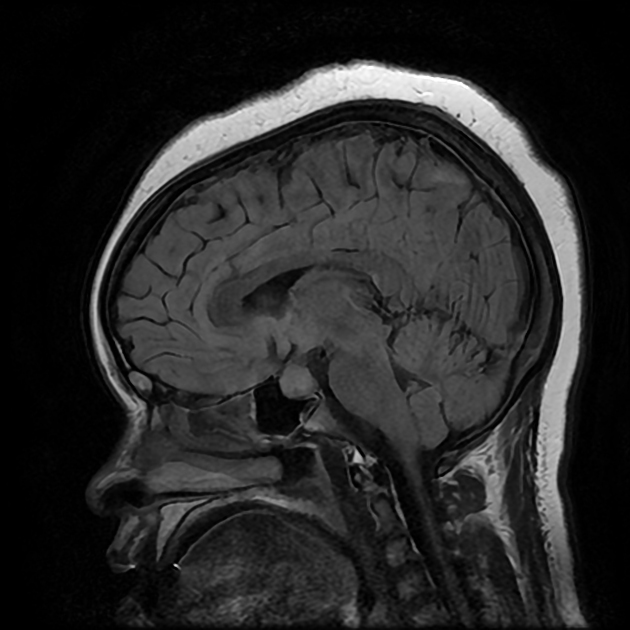


 Unable to process the form. Check for errors and try again.
Unable to process the form. Check for errors and try again.